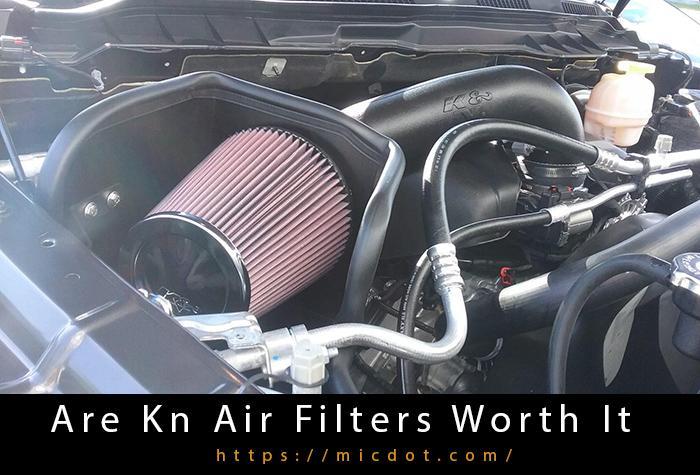When you try to start your car, but nothing happens, there could be a number of problems. If you need to be somewhere important, this circumstance can be extremely stressful. Knowing the probable causes of your starter’s disengagement is therefore critical. In addition, it’s important to know how to remedy the problem. The root cause of this problem is internal. It is possible that your starter motor is experiencing internal troubles and issues. Listed below are the top five (5) reasons why your starter may not be putting in the effort they should be when you need them to.
1. You Might Be Having A Low Battery Voltage
You should check your battery voltage first if you notice a problem with your battery. This could be the starting point of your issue. The starter will run on the battery’s charge. Similarly, if your battery is dead or has no power, the starting will not start at all. As a result, you must first fully charge your battery. If you suspect your car’s battery is dead, a spare battery can be used to replace it.
You Are Watching: Starter Motor Not Engaging Updated 04/2024
Another option is to use a jumper cable to get your car started. Also, make sure the battery terminals are free of corrosion and in good working order.
Fix
You’ll need to recharge your battery to fix this issue. In the event that your automobile won’t start, you can use a jumper cable to get it going again. Make sure the battery is charged up.
2. Check Your Starter Solenoid

On the top of the starting, you’ll find the solenoid. You turn the key and the solenoid within the starter motor pushes the plunger and the pinion into the flywheel. The solenoid is grounded to a bolt with a jumper wire. When you turn the key in your automobile, pay attention to any noises coming from the solenoid. The solenoid is fine if you can hear a loud click. A weak click may indicate an issue with the wiring between the starter and solenoid.
Fix
Read More : How To Remove Chemical Stain From Car Paint Updated 04/2024
In order to correct this, you must first look for any damaged wiring. In the event that there is an issue, fix or replace it. You could also check to see whether the bolts have been overtightened. The bolts must be placed precisely.
3. Check Your Starter Motor Plunger Or Your Pinion
You must then inspect the interior of your starter motor if the starter solenoid is functioning properly. Once the starter is entangled, you’ll need to inspect the pinion gears. You can find them at the top of your starter. Because these gears are susceptible to wear and tear, you’ll need to replace them at some point.
Fix
You’ll need to look for any worn-out gears if you want to remedy this. If the gears are actually worn out, a new one should be installed.
4. You Might Have A Faulty Wiring To Your Starter
This means that even if your starter has electricity built in, it may not be enough to get the starter going. A faulty starting cord may be to blame. The cable that connects your car’s battery to its starting can be the starter itself.
Fix
You must clean the starter and the battery in order to fix this. In order to avoid a faulty connection, they should be thoroughly cleaned.
5. You Can Look For Any Flywheel Damages
Your engine’s flywheel is the large wheel that sits between it and the gearbox. In order to start the engine, the starter pinion gears will engage it. Check for worn or damaged gears and a damaged flywheel.
Fix
Read More : How Long It Takes To Drive To Alaska Updated 04/2024
You’ll need to replace the damaged gears in order to remedy this. The old gears need to be replaced with new ones.
Why Does The Starter Motor Spin But Not Engage?
Two things can go wrong if your starter motor spins but does not engage. The first possibility is that the solenoid is broken or damaged, preventing the Bendix from being pushed out. The second problem is that the flywheel has been shattered, preventing the Bendix from engaging. You’ll need a new starter motor if the fault is with the solenoid.

How Do You Get Your Starter To Engage?
You can do the following to entice your beginner to participate. You can begin by checking to see sure your battery is in good working order and fully charged. Your starting won’t turn on if the battery isn’t charged enough.
If you want to know how much power your battery has, all you need is a voltmeter. It’s also important to examine the batteries for corrosion. It’s possible that the battery terminals have some green or white deposits. There is the potential for corrosion. Baking soda and water can be used to clean battery connections. When using baking soda, you should use one part baking soda and three parts water. Starter motors are another thing to keep an eye out for. Unfortunately, accessing the starter motor is difficult. Depending on the make and model of your car, you may have to remove other engine components to get to the starter motor.
You’ll also need to tighten the mounting nuts and the rest of the electrical lines. The first step is to check to see if the mounting bolts have come free. The starter drive will not properly engage the flywheel if it is loose.
Summary
To summarize, your starter may fail to engage from time to time for a variety of reasons. This is a tense period in my life. It’s possible that you’ll need to take your vehicle to a mechanic, or that you may fix the problem yourself. Both ways, it takes time and effort. Use the troubleshooting advice above if none of the suggestions seem to be working.
Sources: https://micdot.com
Category: Car










